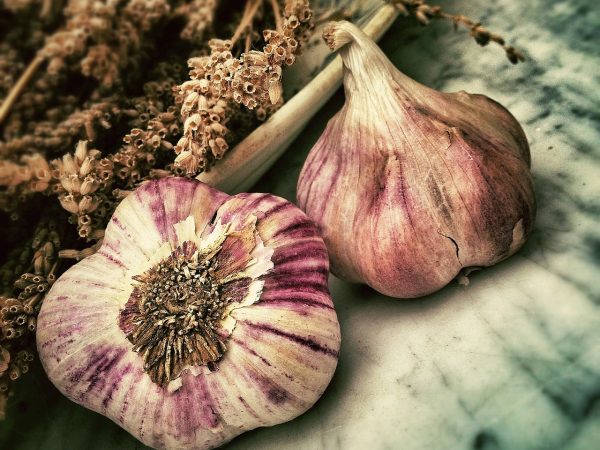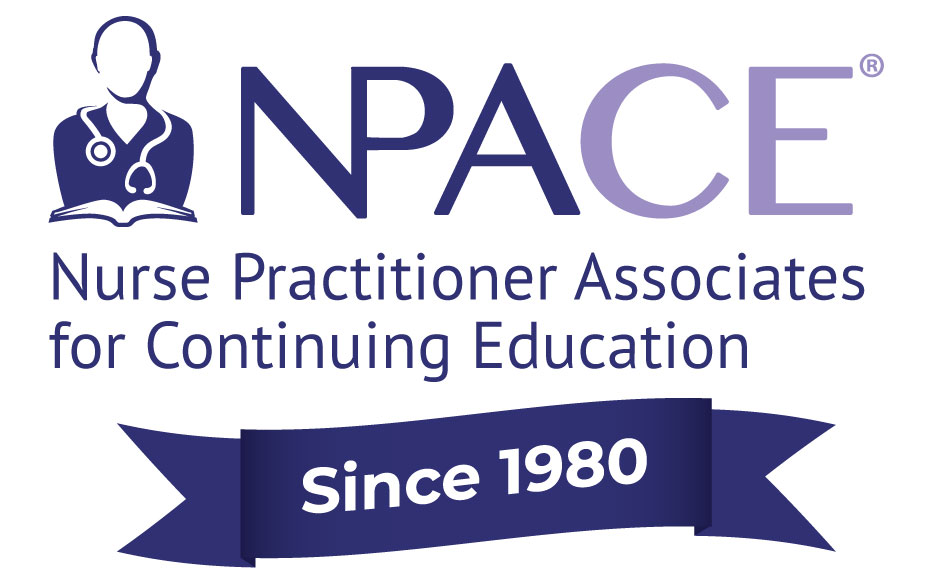
NPACE Monthly Article
Garlic- More Than Just Flavor
By: Indira Maurer, DNP, MSN, FNP-C
The start of a new year brings increased awareness to our sense of health and wellness. The focus is often on overall well-being and starting routines to help shed
unwanted holiday weight. As many as 76% of patients incorporate complementary or alternative treatments into their health regimen1. For many cultures, spiritual and religious beliefs are entwined with healthcare goals. Incorporating herbal supplements that are congruent with cultural and healthcare beliefs can improve overall well-being and increase compliance with the treatment plan for chronic conditions1. Garlic is one of the most frequently used herbal supplements2.
Garlic, Allium sativum, has been studied extensively and has traditionally been used to treat infections including vaginosis, strep throat, and yeast infections2. Garlic has also been used to treat tumors, reduce lipids, lower blood pressure, control blood glucose, and prevent atherosclerosis2. While garlic is known to many as an herb used for cooking, it is quite commonly used for its medicinal properties2. Garlic’s mechanism of action has been attributed to a sulfur-containing amino acid, called alliin2. When the garlic clove is crushed, the alliin is mixed with an enzyme called alliinase, which converts to allicin. This process is what is known as the allicin yield2.
Garlic has not been associated with many adverse effects. Side effects reported include halitosis, body odor, heartburn, and abdominal discomfort3. However, most of these adverse effects are associated with the ingestion of raw garlic. Increased clotting time and decreased platelet aggregation are associated with ingesting large amounts of garlic3. Therefore, garlic ingestion should be discontinued at least 7 days before any surgical procedure.
The great news is that garlic ingestion has been associated with a decrease in blood pressure readings even after 4 weeks of supplementation2. Moreover, in clinical trials, garlic reduced blood glucose levels after twelve weeks of use and offers promising efficacy when taken in combination with metformin2. If there is no bleeding risks and it is well tolerated, garlic may be a promising treatment option for patients with hypertension and diabetes. The target oral daily dose of garlic supplements should be 300-900 milligrams2 taken in three divided doses. The target oral daily dose of fresh, raw garlic is 4 grams, which is equivalent to approximately 5-20 average-sized cloves of garlic2. If taking dried garlic, enteric-coated tablets should be ingested so that gastric acidity does not prevent
enzyme conversion in the intestine2.
Herbal supplements may require more research and clinical trials to establish efficacy. But, if there are no contraindications, healthcare providers should take an
unbiased, open approach to herbal supplements. Garlic and other herbal supplements may be an effective adjunctive therapy that can be incorporated into the treatment plan along with lifestyle modifications and contemporary, synthetic medications.
References
1- Tangkiatkumjai M, Boardman H, Walker D-M. Potential factors that influence usage of complementary and Alternative Medicine Worldwide: A systematic
review – BMC complementary medicine and therapies. BioMed Central. November 23, 2020. https://bmccomplementmedtherapies.biomedcentral.com/articles/10.1186/s12906-020-03157-2.
2- Ansary, Johura, et al. “Potential health benefit of garlic based on human
intervention studies: A brief overview.” Antioxidants9.7 (2020): 619.
3- Garlic. National Center for Complementary and Integrative Health.
https://www.nccih.nih.gov/health/garlic.
